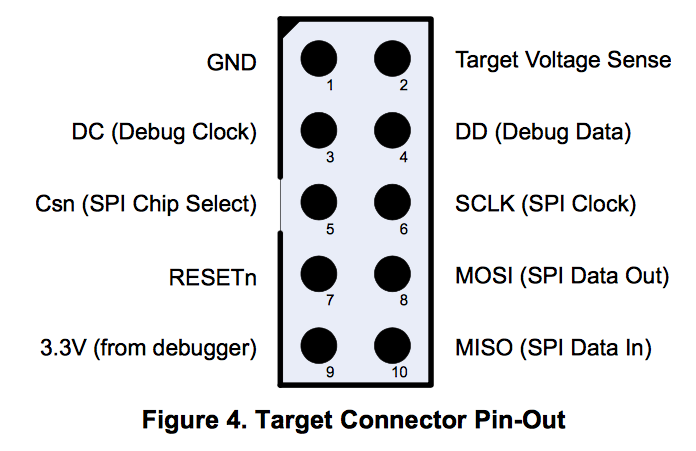Dear all
We have developed a product based on CC2541.
We successfully passed FCC and CE certifications, but we are facing some issues with Korea.
The laboratory in Korea wants to test dwell time, and they want us to allow the following :
BLE packets need to be sent with a duty cycle meaning not a continuous transmission of signals but a pulse like transmission of signals with a break time.
This is a test to measure the time bewteen signals during that break time.
In Korea, Bluetooth LE is considered to be hopping system(FHSS) and therefore Burst On-time per hop needs to be measured.
However, under FCC Part 15.247 or R&TTE 300 328, Bluetooth LE is considered DTS(Digital Transmission System) and therefore Burst On-time per hop does not need to be measured.
Only that with 300 328 test, when measuring E.I.R.P(Effective Isotropic Radiated Power), it is required to calculate with at least 10 or more bursts.
THUS, for 300 328 test, lab needs a setup or way to generate Burst. Actually Lab once have tested RFIC developed by TI, using RF Studio 7 program to generate bursts.
With the program that is provided, it is not possible to transmit packet or bursts periodically(Periodic burst TX) and if the packet or burst is generated only in continuous wave, it does not satisfy requirements of KC requirements.
Lab also tested RF Burst with normal sample but it does not provide option to test under long packet which is requied for the test.
In our current firmware we implemented the different functions described in the wiki / FCC_ETSI_Test, but the lab said it is not enough.
We also asked them to use the product in normal mode (not test mode) to observe packets sent/received, but again they want us to be able to control the duty cycle.
They said they use Smart RF studio -> Packet TX successfully with their other customers to perform this missing test.
We are stuck with the above requirement from the Korean lab.
Any help would be greatly appreciated.
Thanks


